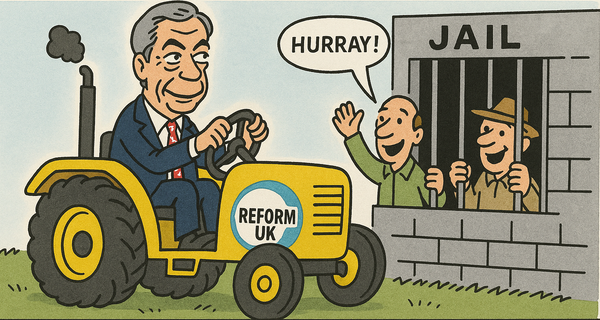Case Studies: Media success in the AI era
Some publications thrive by concentrating on content, others by harnessing AI. Learn from publications from the Racing Post to the Financial Times.
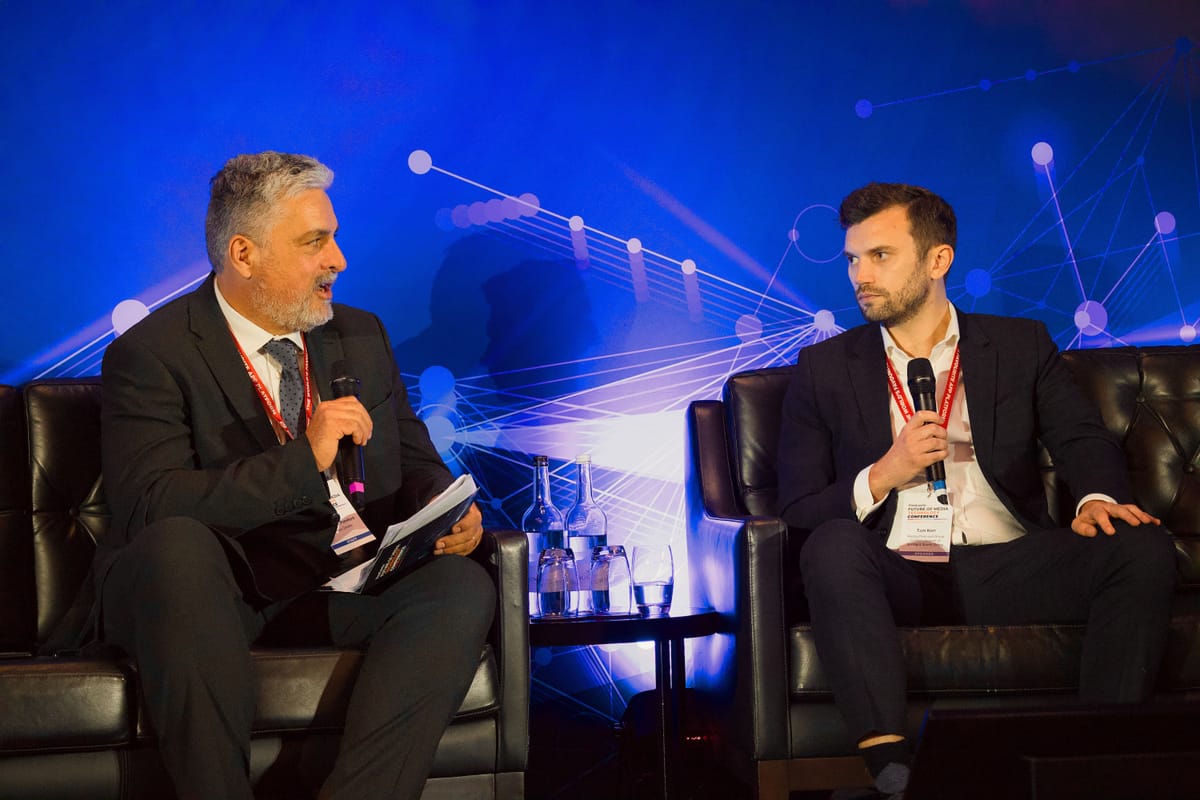
Three case studies from the Future of Media Technology conference.
Case Study 1: Racing Post

Tom Kerr, Editor, Racing Post
How has Racing Post kept their SEO traffic up, while others are seeing big declines? They’ve invested in technical SEO, making sure pages are optimised. They’ve investing editorial SEO in the newsroom. But they’ve avoided the low-hanging fruit, obvious SEO plays like “What time is the Grand National?”. If Google can offer that answer on-screen, it’s not a valuable thing.
“It’s about focusing on valuable journalism”
So, what content does drive subscriptions?
It’s all about the high quality, distinct content. “What are we offering the readers here?”. You need to get out and speak to your customers, get them on panels — it gives great insights.
They've built out their video offering.
If we’d gone for scale, the path to motivation would be very challenging. So, we went to sponsors with a very specific offer.
The hours of videos they’re generating is adding to the bottom line, through sponsorships. The YouTube revenue is pennies — but the sponsorship makes it work.
Reviving Print
They had to stop printing during COVID, so that focused them on digital. They have a couple of small print-focused teams, and so nobody else should be thinking about print. That’s not quite the reality — old habits die hard.
The print product is a premium offer, so they don’t just want to fill it with the best of the digital offering, to maintain that positioning. But it’s important that lives with the print team and doesn’t distract the rest of the newsroom.
The print readers are very different to the digital readers. If they’ve resisted the move to digital for 15 years, they’re not likely to make the switch now. You need to address them separately, without ending up making completely separate products.
Apps and Data and Ai, oh my.
They’ve integrated data from their partners into the CMS so that their editors can draw it directly into their stories. And that’s to provide the audience with exactly what they want when they want it.
The app users are more valuable than their web valuables. The web can be very transient, with people just reading stories and not really thinking about which publisher it is. When you get them on the app, you can build a relationship and start delivering some lifetime value.
Identify what your unique offer is. What do you excel in? Where can you make a difference for your customers?
Case Study 2: DN Media Group
Eirik Næsje, CEO, Norkon

The Norwegian digital media starts in 2005, with small newspapers starting to put themselves online. From there, if follows a familiar story: the rise of the platforms, the emergence of subscription strategies, with companies like aMedia succeeding. But, trained by social media, readers started expecting different experiences.
Trond Sundres, former CEO, DN Media Group
Trond is a journalist by background. In 2015, he was charged with taking control of the company he was working for’s digital evolution. How could they make their stock market pages into something that worked as a digital product? They partner with Eirik’s company to make something great: a real-time, investor focused product. Partnering with others was key.
Within 18 months, it became their key churn-reducing product because people would come back repeatedly to use the dashboard. But how do you build on it?
They licensed the core product to newspapers elsewhere in the world. And then they started to think about gamification of the product — and that turned into a fantasy stock market game, Fantasy Fund, which was great at bringing in younger readers.
Then, the focus came back to the journalists, and using the lave data to help create a live reporting tool. They couldn’t have done this alone — they needed the tech input.
Eirik Næsje
You can still move people from print to digital — but only by producing unique experiences readers want, and they can’t get in any other way. But we all still face challenges from new meds companies — and AI, of course.
This is like a tsunami — the greatest tech change since the internet. But we need to enter the battle with thatch giants, with the best tools we have: the best content we can produce.
Tech companies are not publishers, and publishers are not tech companies.
Trond Sundres
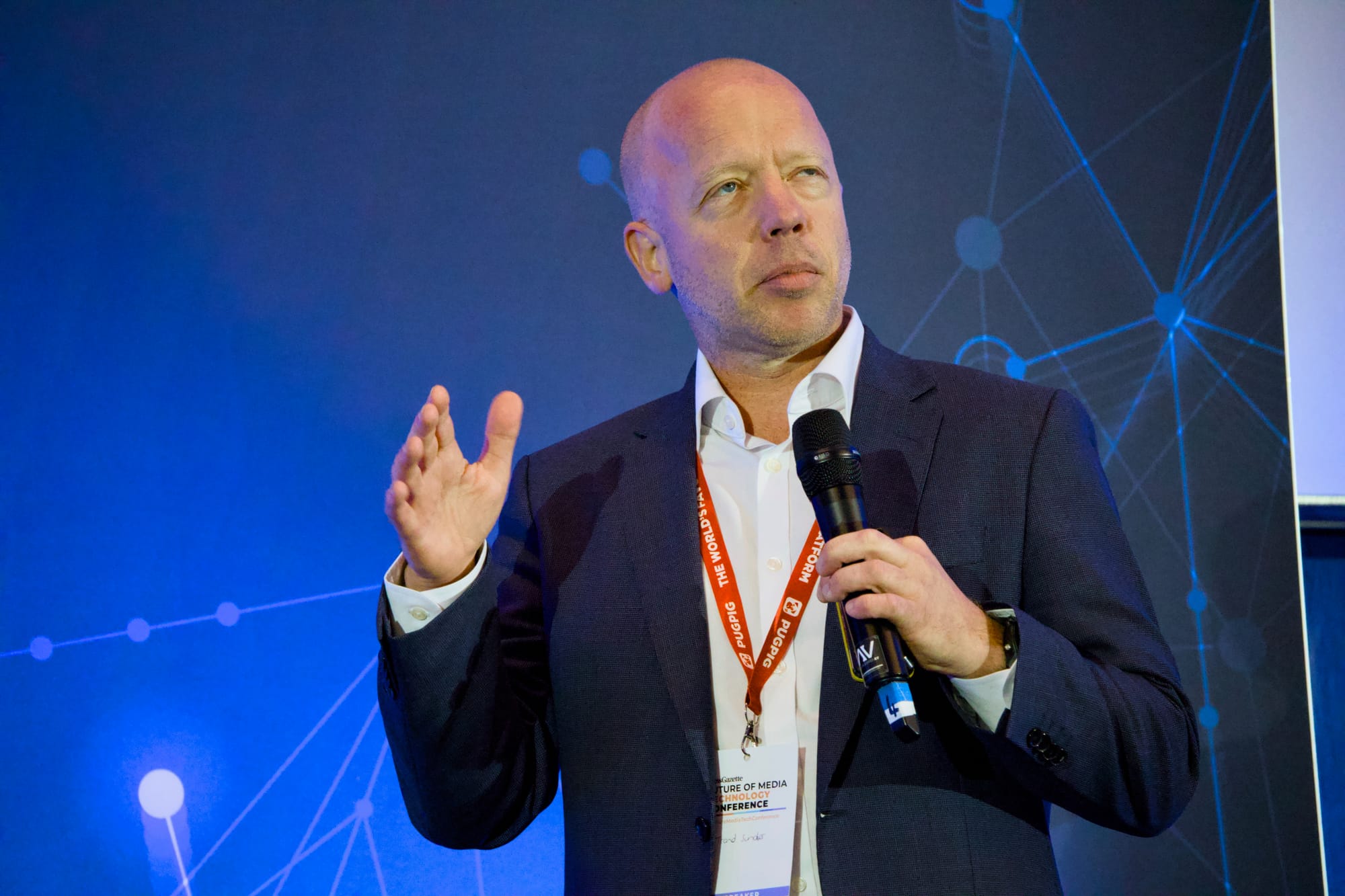
In the companies I’ve been in, we’ve spent too long trying to build things ourselves, and not enough time partnering with others to find the solution. Find great tech people around you; both inside and outside the organisation. Give them the opportunity to experiment to solve the problems.
Lastly, ensure the editorial teams are connected are strongly to the tech and the product development. Norton now has an editorial mindset when developing things because they’ve been so close to editorial for so long.
Case Study 3: The FT & AI
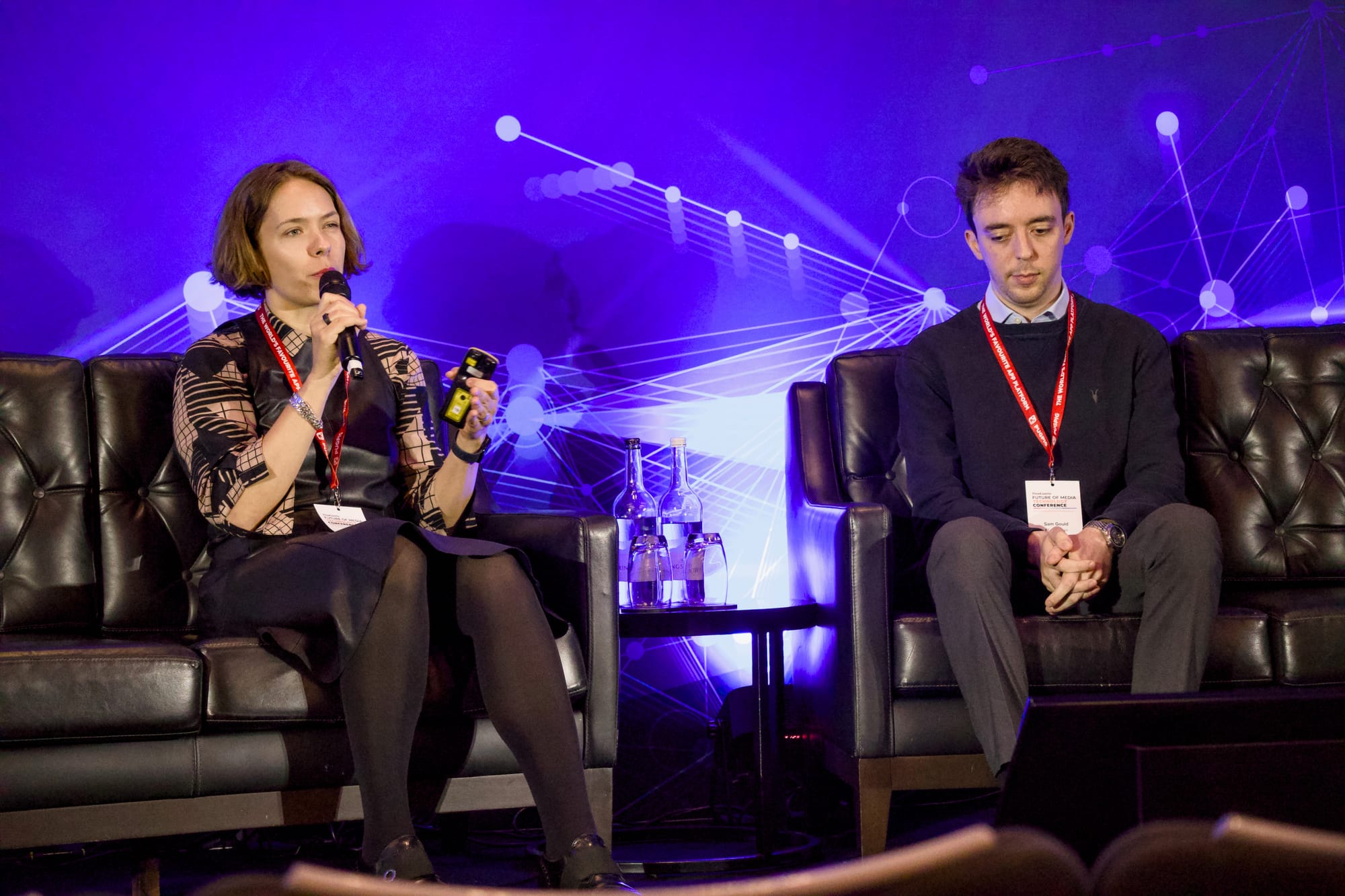
Liz Lohn, Director of Product, Financial Times
Earlier in 2024, the FT created Accelerate AI, a team within the company. They needed to look at both threats and opportunities in the round. They focused on the new: new threats and new opportunities. Likewise, they brought people from all division of the company.
They agreed that they wouldn’t put anything in front of the readers until they were sure it was up to quality. The experiments would be contained, so they could pull the plug easily if needed.
- Discovery and creation of stories
- Presentation of the story
The key question: is the quality of the AI output high enough to produce lasting value? They chose one newsletter, and crafted a prompt for one summary. They assessed the output on style, on how useful and how enticing it would be to encourage clickthroughs. And they needed to evaluate the LLMs and decide which one would work best. They spent six weeks on this, and the newsletter team was underwhelmed with the result. It was a failure — but a useful one, as they learned plenty from it.

They pivoted to creating an AI playground for the newsroom. Journalists can select the input content from the FT and then create a prompt for the output. This allowed them to test out multiple newsroom uses cases much more quickly.
They’re also working on computational news discovery — like using AI to extract information from a structured data set, like the register of members’ interest from Parliament. This has led to two stories already: a new Labour MP being the biggest landlord in the Commons, and how Unite donates to individuals rather than the Labour part machine.
Hallucinations are still proving a problem — maybe GenAI will work better as an “inspire me” approach, rather than as a content creation. But where AI is really delivering benefits is in the areas nobody calls AI any more: like text recognition.
Sam Gould, AI Lead, FT Strategies
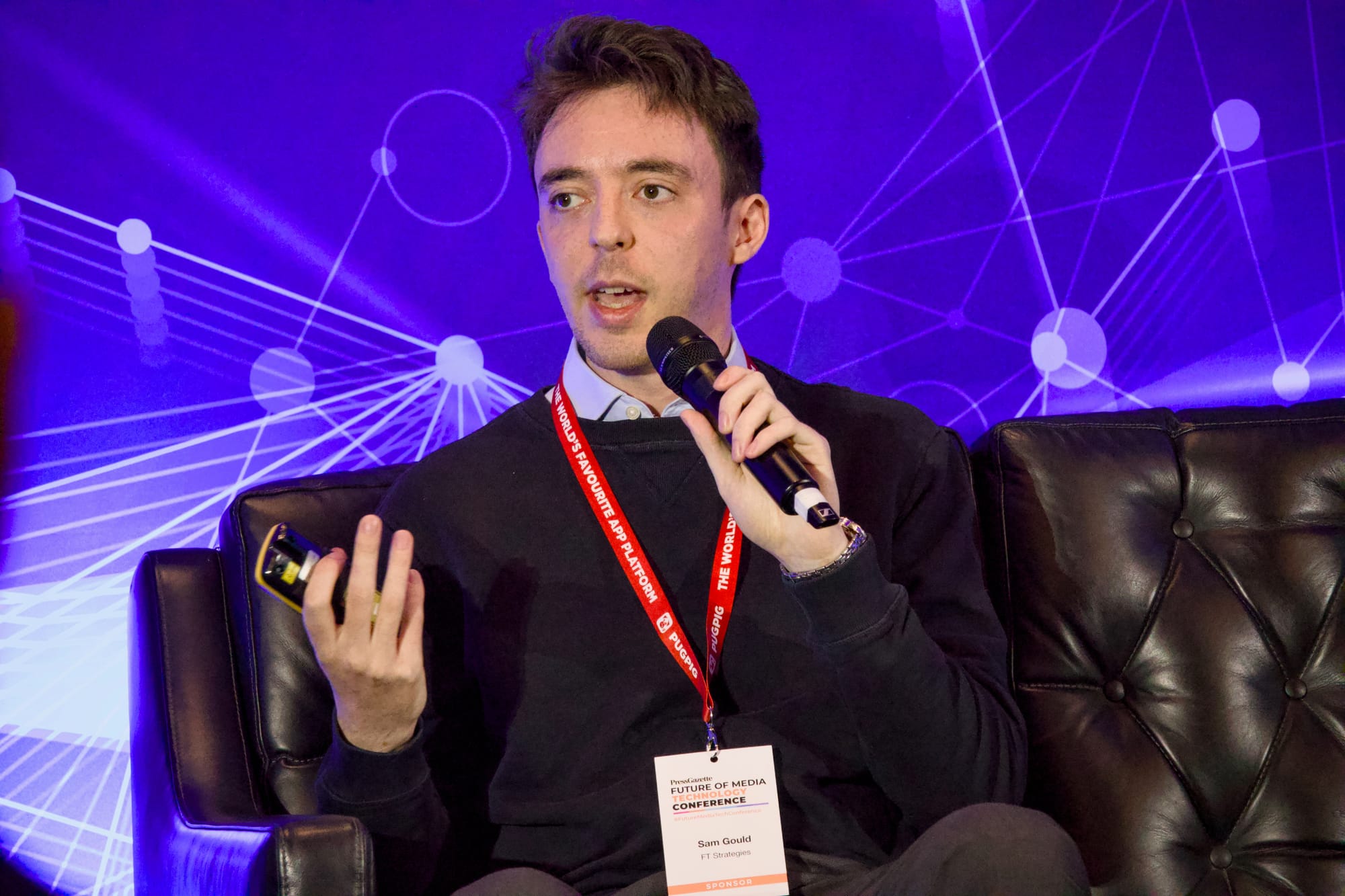
Three trends:
- Products are becoming multimodal
- Audiences engage with conversation experiences
- Automation tools are becoming agentic
1. Multimodal models
The pace of change of models is incredible: new models can do text, video and audio. This is a supply side change — as we see a demand side increase in interest in video in particular. How does this manifest in newsroom? Processing audio into text, image analysis, sign translation — and data journalism, of course.
2. Audiences engage with conversation experiences
Yes, chatbots. It’s an interesting way of allowing the audience to explore your content. The FT are exploring this, as are other publishers. Young people are showing a particular interest in this.
3. Automation tools are becoming agentic
Essentially, these tools are become agents you can interact with and make request of.
You need to prepare for these changes. We may not have the vocabulary yet to describe what’s coming — but it is coming.


